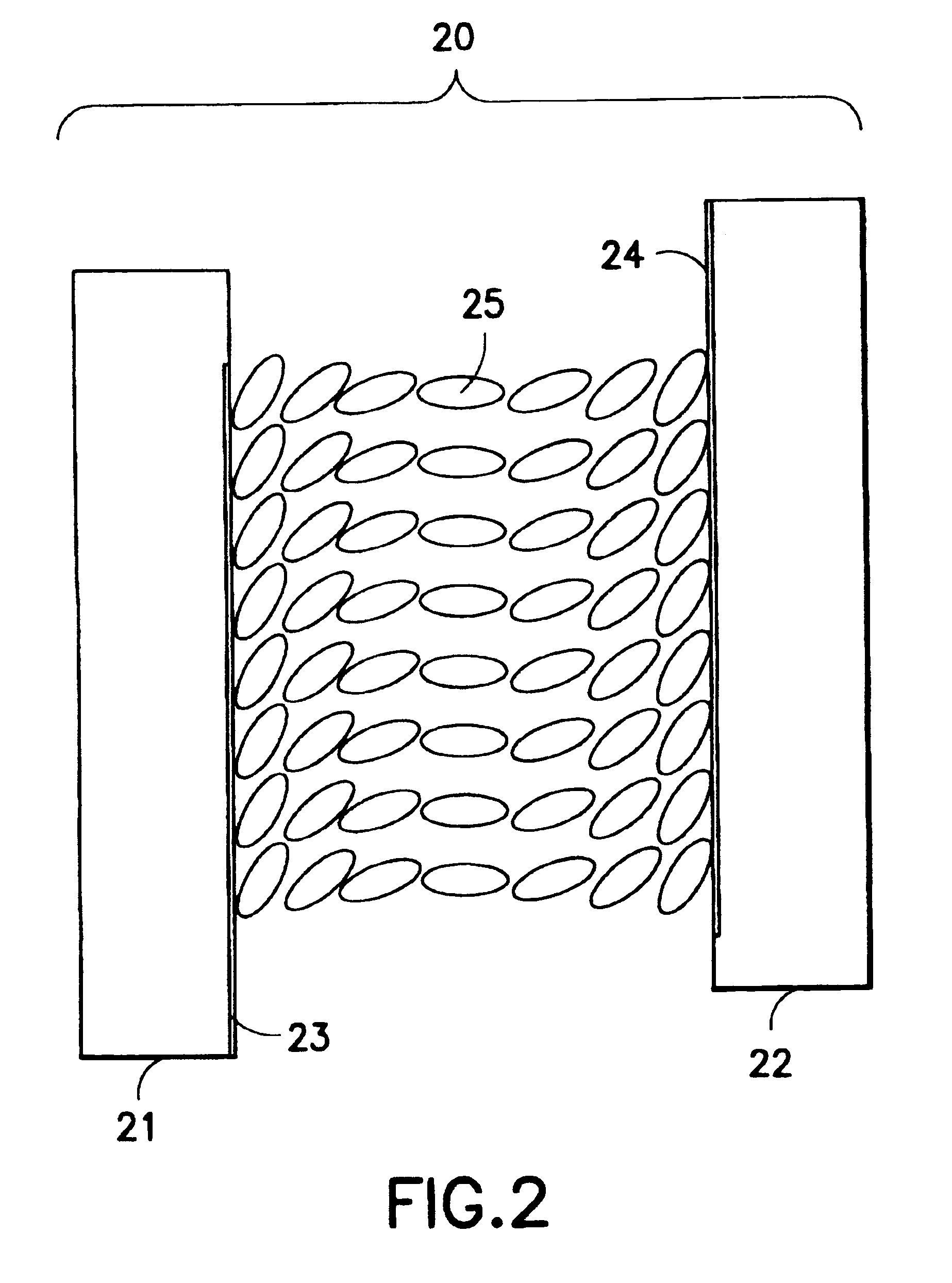An optical path difference is developed between the paths, which results in constructive or destructive interference, depending on the
wavelength of light and on the optical path difference (OPD).
This involves the motion or rotation of one or more optical elements, such as mirrors or windows, which leads to high cost and complexity given the need to control the OPD variation to a small fraction of a wavelength of light.
However, this normally results in a limited range of adjustment, as the modulation range of most electro-optic modulators is limited to approximately one wavelength of light.
This is especially common in mechanically-varied systems, or in systems which provide a large change in OPD, for which it is otherwise difficult to determine the exact OPD achieved by the
system.
These systems are generally complex, mechanically delicate, and thermally sensitive.
Most FTS systems provide a spectrum for the
incident beam as a whole, and cannot provide spectra for each point in a two-dimensional input scene; thus they are termed non-imaging spectrometers.
A related problem arises because the sensor has discrete pixels: as the OPD is varied, the sensor location corresponding to a given scene location will move from being within a given pixel, to the adjacent region which lies between pixels.
This causes image smear, and mixing of the spectral content of adjacent pixels.
Further, it is not easy to acquire images of objects that move between successive exposures, since registration error cannot be corrected by a simple Cartesian shift.
However, there are a few severe limitations.
This is 600.times. too slow to use in Buican's instrument.
However, the need for scanning means subvert the inherent simplicity and ruggedness that this system offers.
The system is not capable of
spectral analysis, nor of identifying plural wavelengths in an
optical beam, as the only information available is the number of maxima and minima during an overall retardance excursion; hence only the mean-center wavelength is sensed.
The reliance on a Michelson design renders the instrument thermally-sensitive, and requires fabrication of many precision optical surfaces; these concerns are in no way ameliorated through the use of
liquid crystal elements.
However, construction of an instrument with
high resolution is difficult, due to mismatch between cells, thermal drift, and component tolerances.
The same factors limit the wavelength accuracy of a
spectrometer built on these principles.
But they point out that their system suffers from strong dependence on incident angle, leading to a severely limited field-of-view, which is asymmetric and not easy to study or remove by post-
processing of the interferograms.
Further, the system is prone to drift and does not produce a stable OPD as the ambient temperature is varied.
Achieving precisely even OPD spacing with this system would require fabrication of the fixed retarders to exacting tolerances, which is costly.
Yet this does not ameliorate the problems brought on by discrete OPD steps.
Since it does not provide the same OPD for all wavelengths (even in the absence of dispersion), but rather provides a constant
degree of polarization rotation independent of wavelength, it is not clear whether any meaningful spectral information is gained from the use of this element.
So, while interferometers, PEM-based polarization interferometers, AOTFs, LCTFs and various
liquid crystal arrangements have been taught by the prior art, all have severe limitations.
Those which provide for
spectral imaging by interference means such as Michelson, Sagnac, or other interferometers suffer from high cost and complexity.
PEM systems are not compatible with imaging detectors, and require a scanning mechanism if an image is sought.
AOTFs and LCTFs have low
throughput and, since they reject all light that lies outside of their
passband, fail to make use of all the information in the
incident beam.
Coherence detectors and wavelength detectors do not provide
spectral data for non-monochromatic signals.
Prior-art liquid
crystal interferometers do not provide a useful field-of-view, or are not thermally rugged, or do not provide continuously variable OPD.
 Login to View More
Login to View More  Login to View More
Login to View More 


